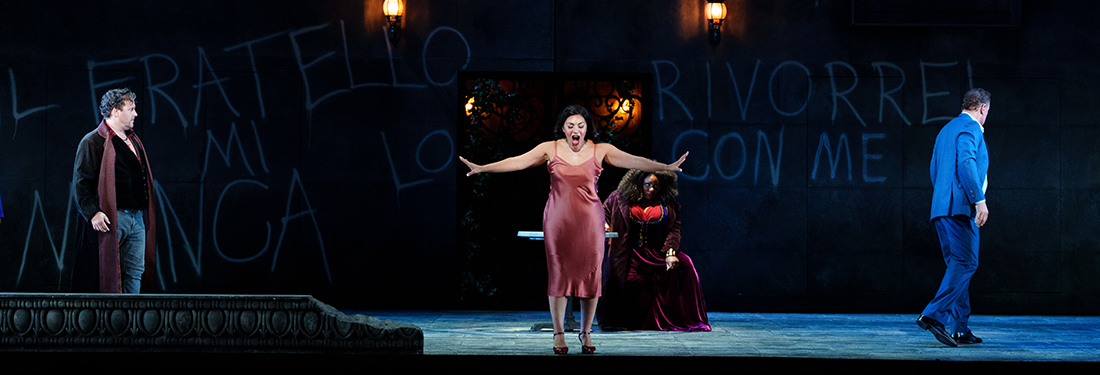
A 24-Decade History of Popular Music was a day-long marathon. And Mac’s latest draggy “rock opera,” Bark of Millions, clocks in at four hours, no intermissions.
At Tuesday night’s premiere at BAM’s Harvey Theater, audience members were encouraged to mill in and out, perhaps grabbing some crudites or an overpriced G&T from concessions.
The only problem: Unless you’d been blessed with an aisle seat, there was no elegant escape. Making an exit meant unseating your entire row.
Let’s just hope you ate a big dinner beforehand (and downed a couple espressos).
Bark of Millions contains 55 original songs (one for each year since Stonewall, plus an extra) by Mac’s longtime collaborator, Matt Ray, who played the keys during the performance.
Ray’s songs, repetitive and trance-like, with technicolor harmonies, felt like one climax after another.
Guitar, trumpet, bongos, and chimes added texture, along with strong string writing, played by cellist Marika Hughes(who happens to be Emanuel Feuermann’s granddaughter) and violinist Dana Lyn.
There were songs named after Marsha P. Johnson, Sylvia Rivera, Oscar Wilde, Leonardo da Vinci, and Claude Cahun (complete with papier maché dumbbell), as well as other figures you might not recognize.
Mac insisted, however, this wasn’t a history lesson. Don’t Google names from your seat. Just “take what comes.” Still, I followed along in the digital “Fan Deck,” illustrated à la Faggots and Their Friends.
It was, at times, difficult to hear the clever lyrics (Brendan Aanes did the sound). In those moments, Bark would have benefited from supertitles. Or, a printed zine, which wouldn’t have cast an iPhone’s glow.
In the first song, we learn that Bark of Millions’ title refers to the boat of the Egyptian sun god. (Here, I felt the influence of Philip Glass’s Akhnaten.)
“Atum is queer, mixing genders and desire,” sang Mac, who sounds uncannily like David Bowie.
We’re made to picture a “bark” carrying “millions” of queer ancestors. (This image is brought back later, with a Moby Dick-inspired tableau.)
This here is “queer church” (not unlike Heather Christian’s Terce.) Or, perhaps, more like a cult or, as Mac jokes, inverse conversion therapy.
“In the beginning, there was Kate Bornstein,” goes one song.
“Oh Lorde, I’m talking Audre,” sang the deadpan Wes Olivier, richly. “Or maybe both. Who knows? Since one made the other, maybe both are each other.”
The costumes, by the incomparable Machine Dazzle, were like Lion King on acid. A neon-rave-New-Year’s-Eve-tinsel-orgy.
Machine herself, in a sparkly outfit numbered “69,” was less successful as a singer, being heavily autotuned in “Greta Garbo.”
The stage was strewn with penis pillows and boob cushions (the program credits “body art sittables” to Christine Jones). Upon them, the exhausted performers occasionally rested.
Jack Fuller was sultry in “James Baldwin,” with beautiful movements and a piercing head voice.
Thornetta Davis shone in “William Dorsey Swann” (named after America’s first drag queen, the subject of a recent Prototype commission), with drummer Bernice “Boom Boom” Brooks on washboard.
Later, Davis perfectly embodied the High Priestess of Soul in “Nina Simone.” “Boom Boom” was on fire throughout.
Also stunning were the voices of the bluesy Mama Alto, who really savored the resolutions in “Madeleine Pelletier,” and the queenly Steffanie Christi’an, dressed as a white peacock in “Nzingha Mbande.”
Less successful was a duet between Viva DeConcini, who resembled Kate McKinnon as Hilary Clinton in Elvis drag, and the otherwise spectacular El Beh, wearing a vulva ponytail bolo-tie and nipple pasties.
Chris Giarmo, in an orange banana-shaped wig, also impressed, live looping in “Florence Nightingale,” as well as playing melodica and even throat singing.
Stephen Quinn, in a sparkly mustache, had an adorable Irish lilt, singing “phallus of mud” in
“Prosymnus.”
Adding to the international cast, the Nigerian-British Le Gateau Chocolat, who was charming as Bark’s half-time emcee.
In an “open mic,” the soulful Jules Skloot, dressed as a denim bard, played ukulele to the song “King James.”
As a nod to Bark’s operatic origins, the Puccini-, or perhaps Rossini-, inspired “Le Femminucce,” which featured a giant bowl of fettuccini.
This transitioned flawlessly into “Margaret Cho,” with the iconic line, “A queer’s not a slut, but a slut is a queer.”
During song number 50, titled “Eccentricity,” the by-then-bedraggled Giarmo held up a sign that just said “4 hrs!” as if testament to Mac’s quirky masochism.
There was something gluttonous about Bark of Millions. Like being presented with a whole chocolate cake when you only require a slice.
But did it need to be four hours? Yes.
Maybe it’s the Stockholm syndrome talking. But, by the end, the audience was fully bonded.
At curtain call, the performers were all half-naked or barefoot, there were feathers all over the ground, and everyone was crying. I kept thinking, “If I’m tired, they must be really tired.”
Maybe “tired” isn’t the right word for what I felt. More like hypnotized.
But, to play devil’s advocate, four hours is hardly long by operatic standards.
Wagner’s Meistersinger is around five, not counting intermissions. And the Ring cycle is 15 hours, albeit in four parts.
Besides, much of concert etiquette is relatively recent convention. In 18th or 19th century Italy, opera-goers gossiped, bravo-ed, and snacked on oranges. (Aria di sorbetto, anyone?)
An auditorium, however, was not the place for Bark of Millions. What it needed were bar stools (think: le Poisson Rouge or Joe’s Pub), which would have allowed for ample snacking and mingling.
Venue aside, Bark was a formative experience for this 27-year-old critic. One that I’ll think back on 10 years from now.
Photos: Julieta Cervantes
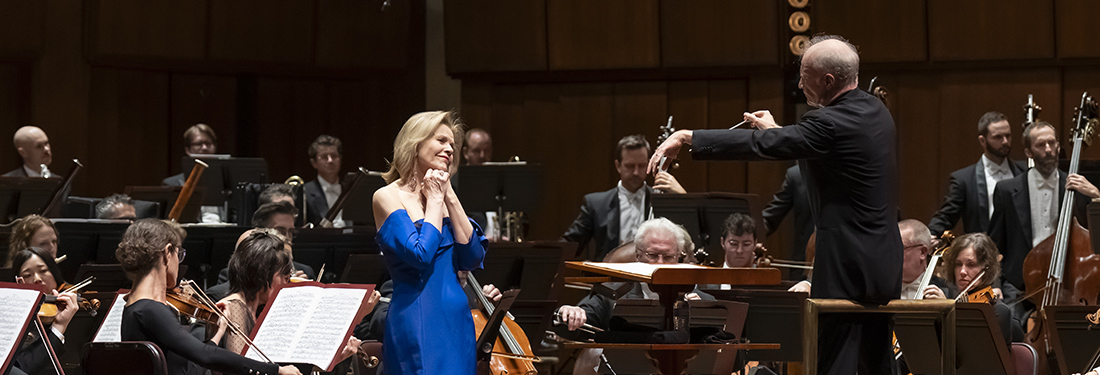
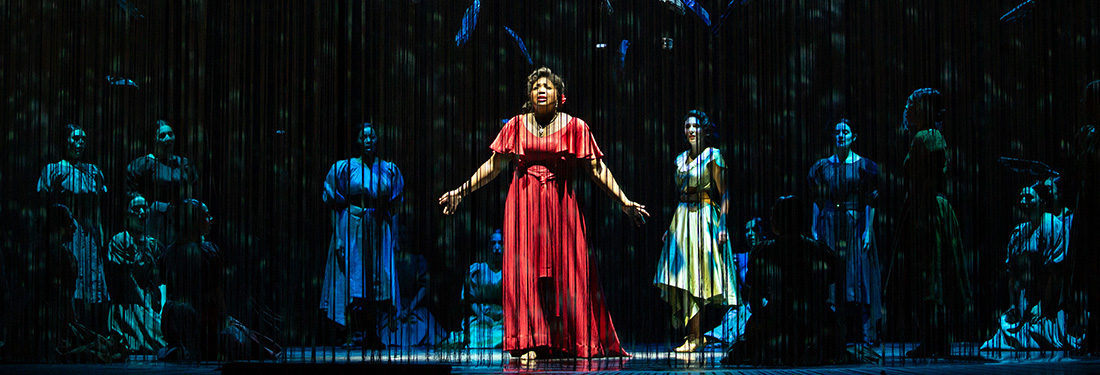
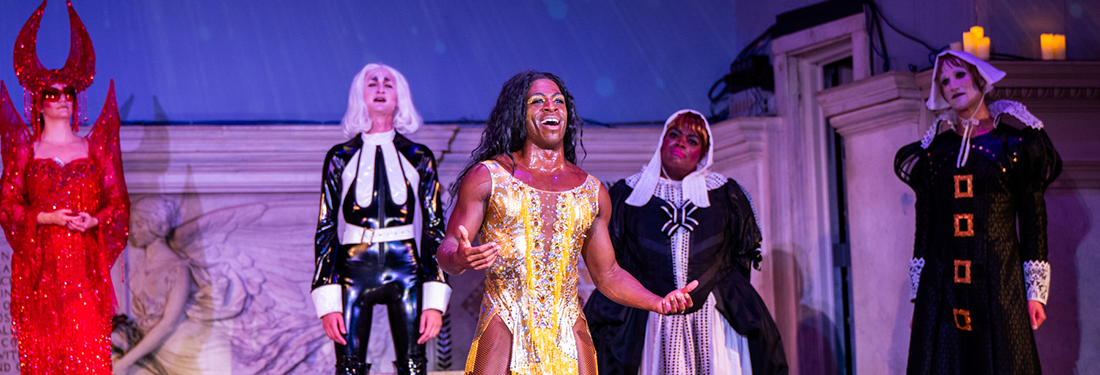
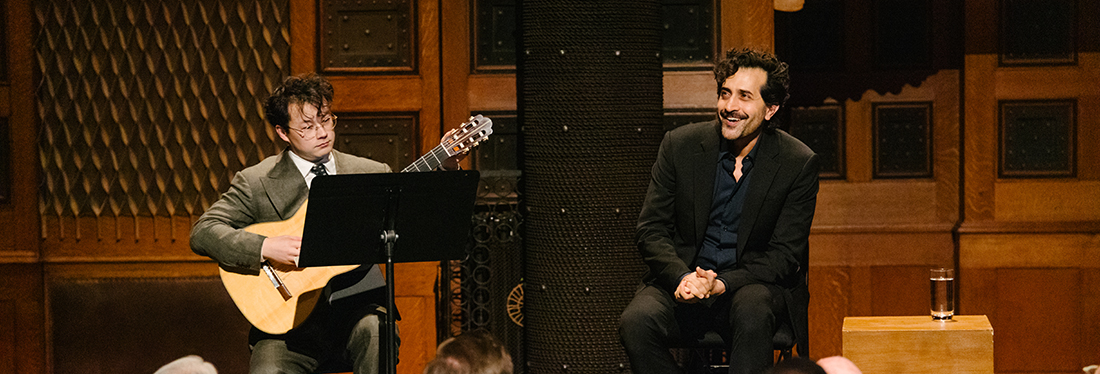
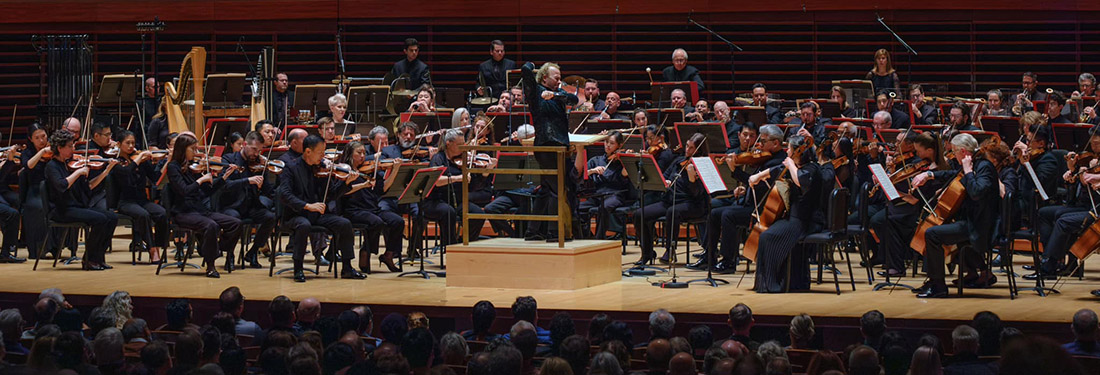
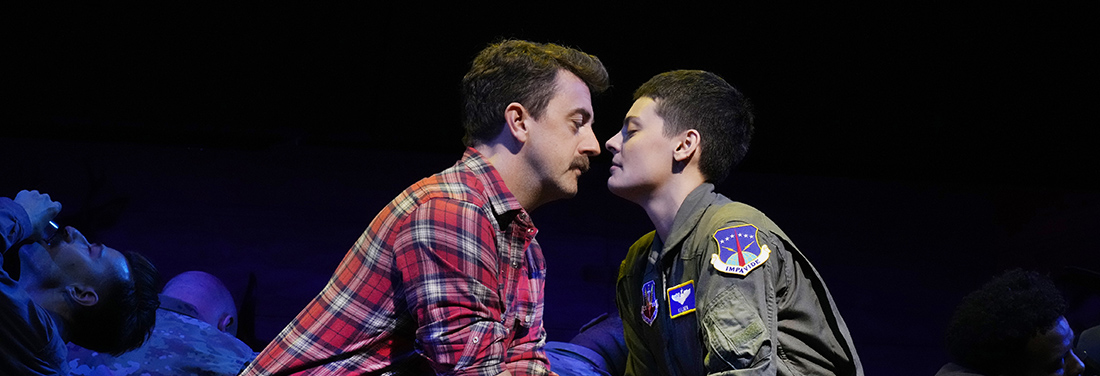
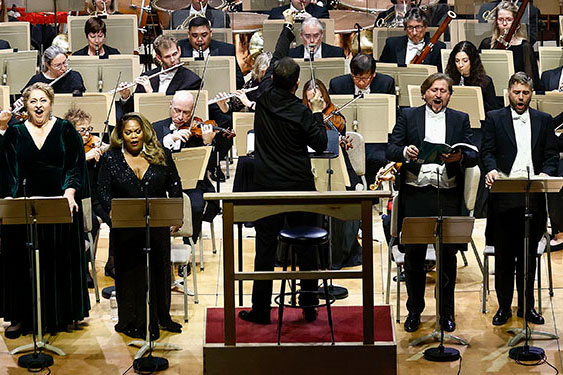
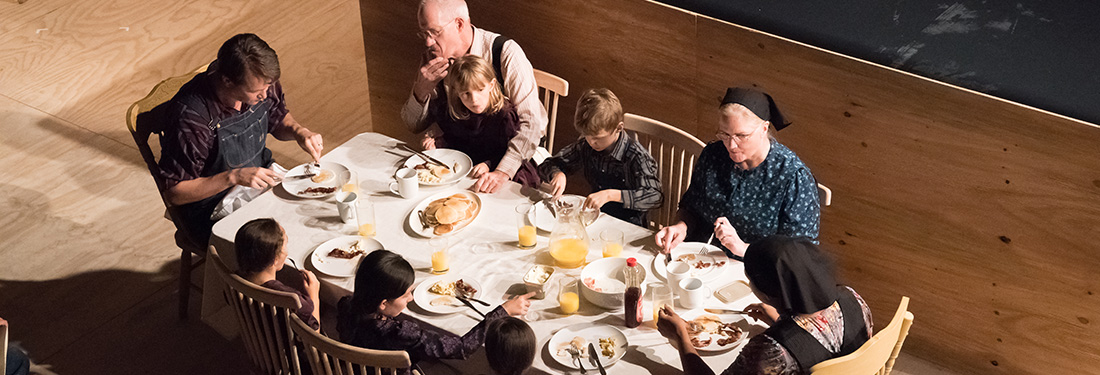
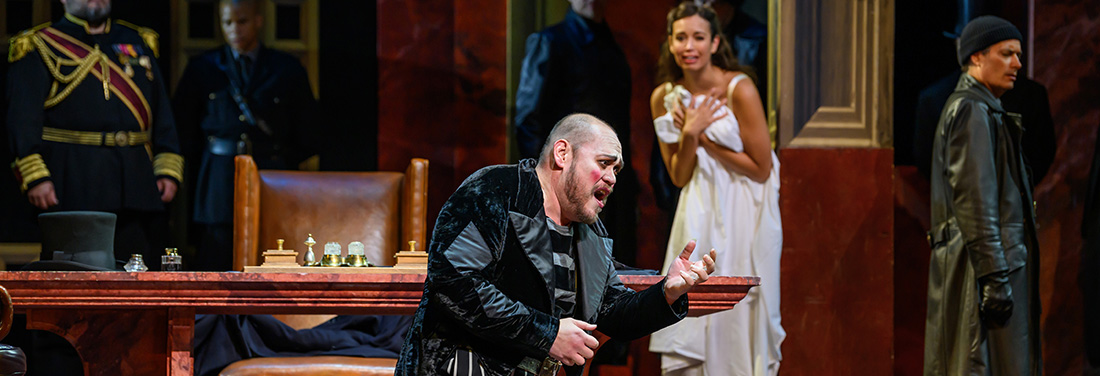
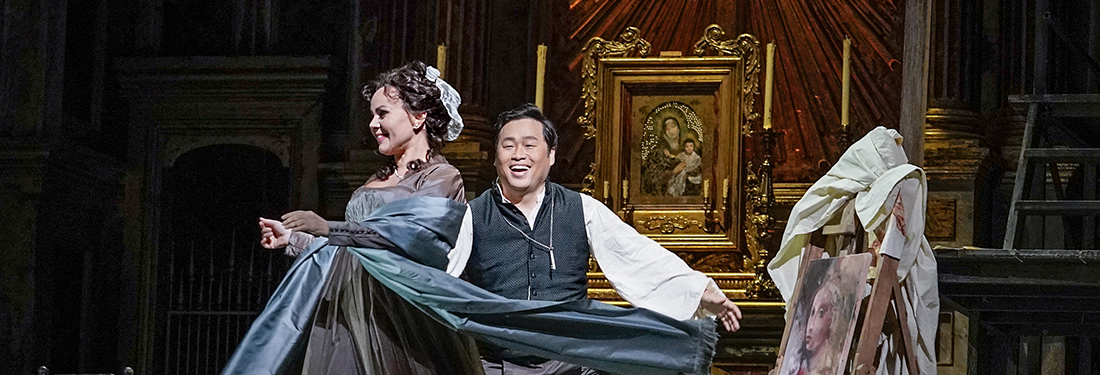
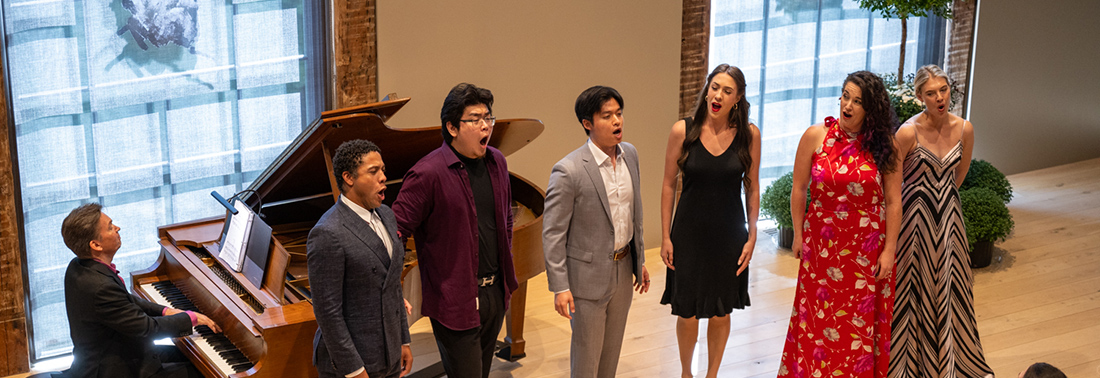
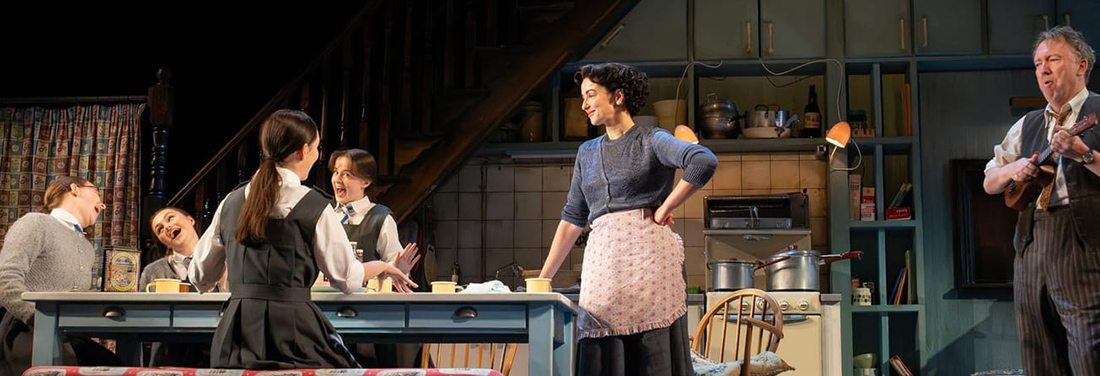
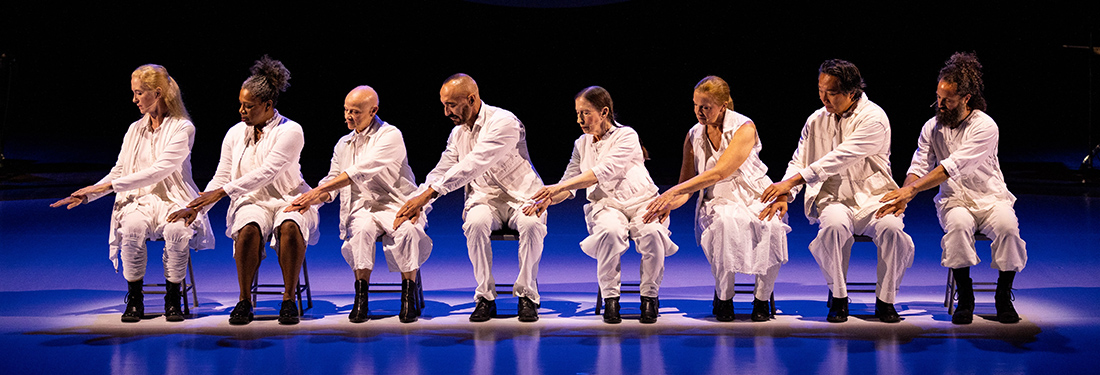

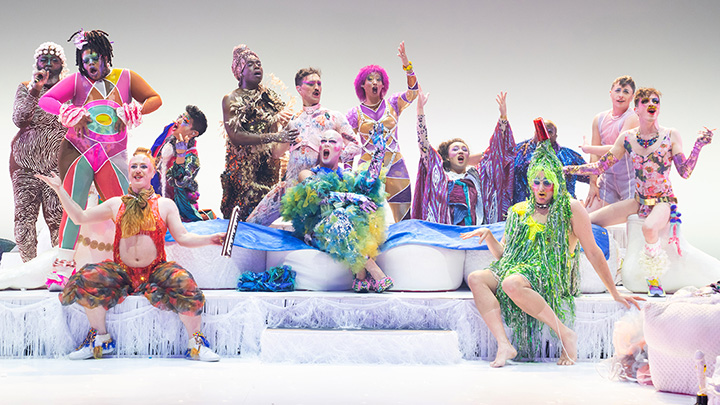
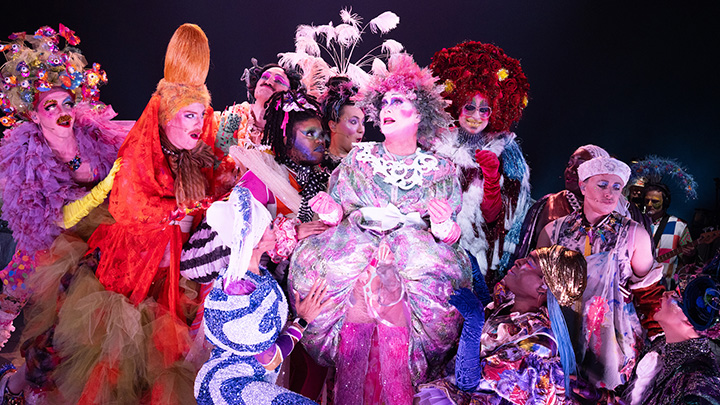
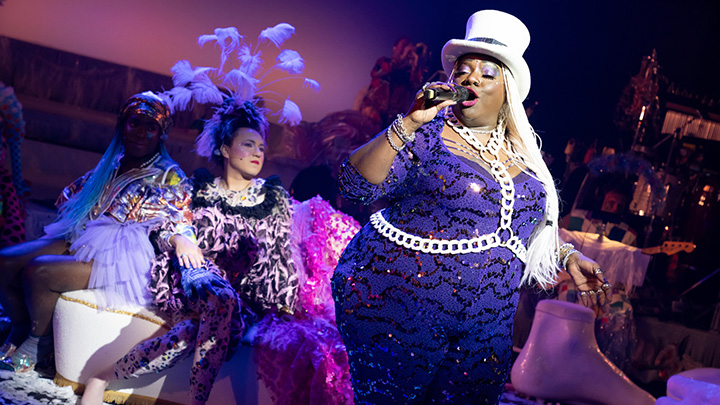

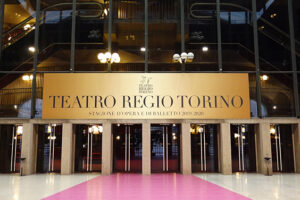
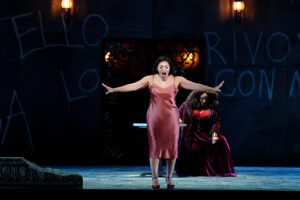

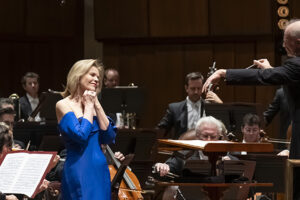

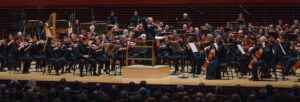
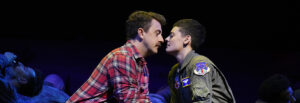



Comments